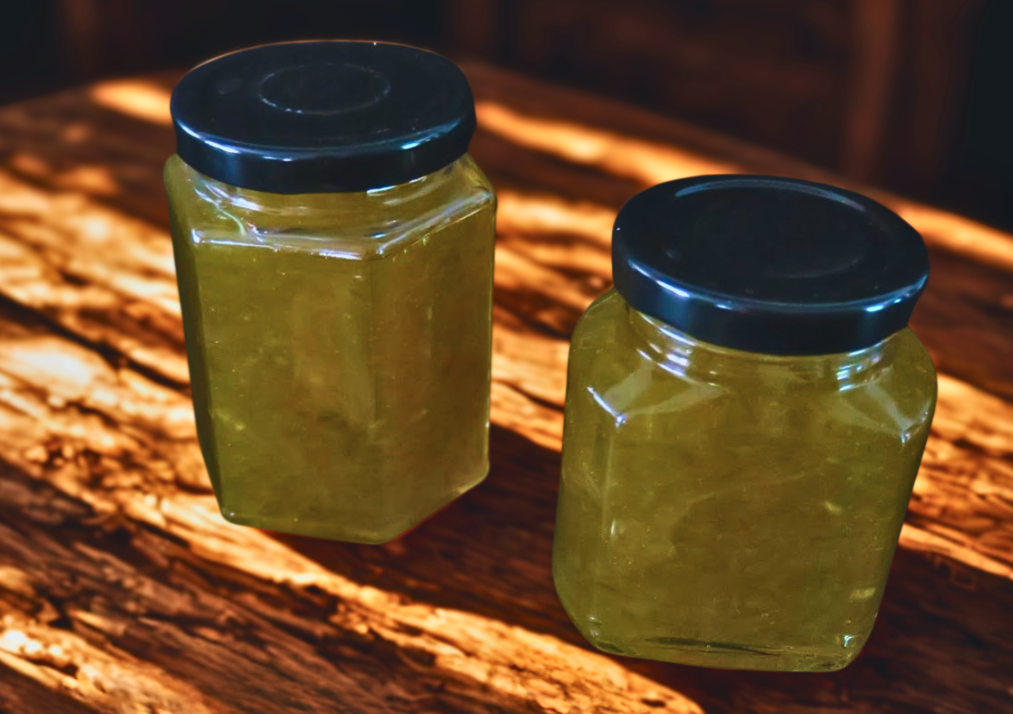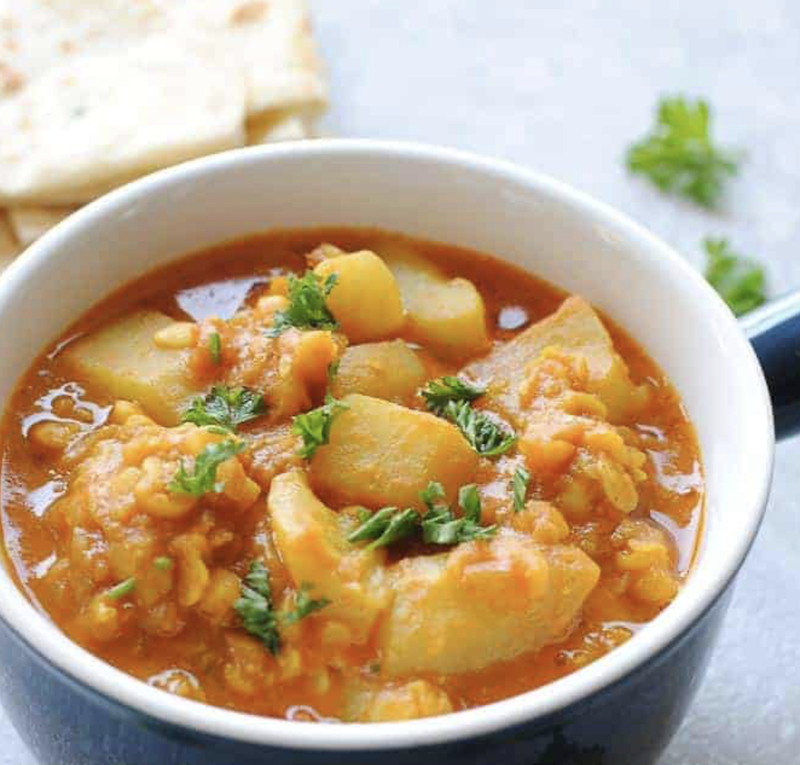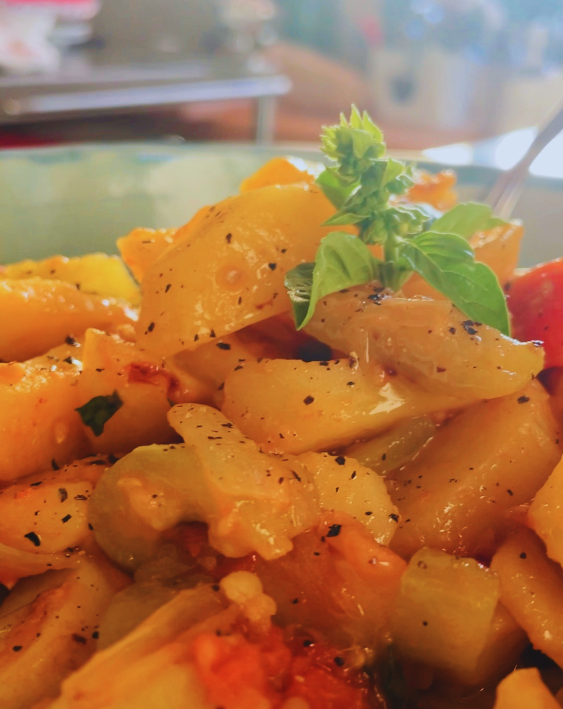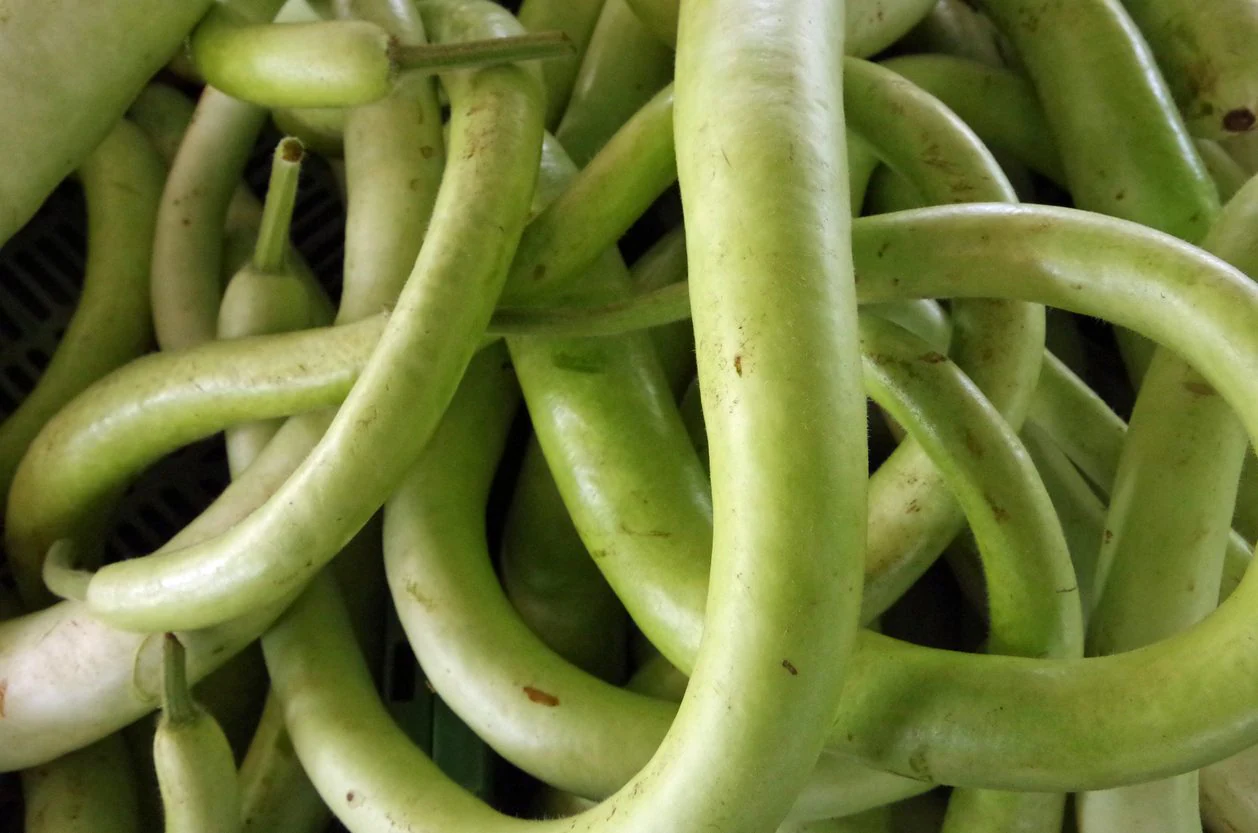The cucuzza longa (Lagenaria siceraria var. longissima), Gagoots sometimes in Sicilian/American have so many different names: Snake gourd, Snake melon, Snake squash, Serpent gourd, Bottle gourd, Calabash gourd, Long squash, Italian long squash, Sicilian zucchini, Sicilian snake zucchini, Snake cucumber
But maybe it is more than just a vegetable here in Sicily. With its pale green fruits that can easily grow over a meter long, this curious squash has fed families, inspired proverbs and used in differs ways. Here the cucuzza is part of everyday life, especially during summer when it is ripe – a humble yet iconic ingredient that tells the story of the island’s agricultural roots. So high rate in terms of biodiversity.
It was also called bread of summer for the abundance in summer time, when bread was not so available,
A peasant Food and not only
Long before zucchini (squash) from the Americas arrived in Europe, the lagenaria was already cultivated in the Old World. The Greeks and Romans knew it well; Pliny the Elder – Plinio il Vecchio -wrote about it, and when harvested mature, its hard shell was hollowed and dried to make natural containers also for wine or water. But very common for olives and other dry food very popular in Sicily.
That’s why in many languages it’s still called the pilgrim’s gourd.
From Africa, the cucuzza found its perfect home in Sicily– thriving under the Mediterranean sun with little water and minimal care.
Even today, it remains a symbol of resilient and regenerative agriculture: rustic, low-input, and generous.
Sicilian Proverbs and popular wisdom: “It’s still cucuzza”
Quite often the head, in the sense of mind, was called cucuzza: perhaps this referred precisely to its function as a container, as if it were a vessel for ideas. In Italy, in fact, we also use the expression “empty pumpkin” (zucca vuota).
But there is also “testa di cucuzza” (cucuzza head), meaning stubbornness or hardness, and in this case it probably referred to the pumpkin, which is much harder than the long cucuzza. It’s important to note that in Sicily, as in all of Southern Italy, the word cucuzza is often used to indicate both squash and pumpkin.
One of the most famous sayings goes: “Cònzala comu voi, è sempri cucuzza” – “Season it however you like, it’s still cucuzza.” A witty reminder that no matter how you dress something up, its true nature doesn’t change.
Even in slang, the word took on another meaning: in some dialects cucuzze means money. The phrase “i cucuzze non bastano mai” (“cucuzze are never enough”) is just a colorful way to say that money is never enough.
Traditional recipes and global cousins
In the kitchen, cucuzza is the star of several beloved Sicilian dishes:
- Pasta chi tinnirùmi – a summertime soup made with tender squash leaves (tenerumi), pieces of cucuzza, tomato, garlic, basil, and broken spaghetti. Tenerumi are the tender greens of the plant, unique to Sicilian cooking.
- Cucuzza fritta – peeled, sliced, and fried in olive oil with garlic, served as a simple side.
- Cucuzza affucata – literally “drowned cucuzza,” stewed slowly with onion, tomato, and basil.
- Cucuzza ripiena – hollowed and stuffed with breadcrumbs, cheese, herbs, sometimes meat.
- Cucuzzata – a traditional jam made from cucuzza, once used in convent pastries and still found in cookies and cakes.

What’s fascinating is how similar recipes appear far from Sicily. In India, the Ghiya or Dudhi squash is cooked in stews with potatoes and lentils (looking forward to try this version) In China, the so-called snake melon is prepared in much the same way, gently braised with vegetables and aromatics. Across continents, humble vegetables meet the same human need: turning simplicity into nourishment.

Cucuzza invasion 🙂
Over the years, the cucuzza has become part of our storytelling at Three Farms Island. On Instagram we even created a special section called “Cucuzza Invasion” – a playful collection of photos, recipes, and stories dedicated to this vegetable.
And what a beautiful collaboration with the Culinary Breeding Network in Portland (Oregon, USA). We hosted online cooking sessions with friends overseas who had planted “Gogootz” in their own gardens. Watching these long Sicilian squashes grow thousands of miles away, and then cooking with them together (even virtually), was a moving celebration of community and cultural exchange.

Do you know about our online cooking class?
Subscribe to our NEWSLETTER to receive invitation
From music to memory
The cucuzza has even found its way into popular music. The legendary Italian-American singer Louis Prima recorded a swing song titled My Cucuzza, a joyful homage to this quirky vegetable.
More than food
The cucuzza is a reminder that simplicity is not emptiness, but richness: of flavor, of culture, of tradition. It embodies the spirit of Sicilian cuisine – humble, seasonal, deeply connected to the land – and shows us that even the most ordinary squash can hold extraordinary meaning.
Sempri cucuzza è. And perhaps that’s exactly its timeless charm. 🌱

